Now there is an active change from analog TV broadcasting to digital. Since 2012, a unified standard for digital TV broadcasting DVB-T2 has been adopted
for free viewing. To obtain such an opportunity, it remains only to acquire a receiver-antenna, which you can make with your own hands. One of the most affordable options for digital TV that you can assemble with your own hands is the Kharchenko antenna.
Features and device of the Kharchenko antenna
The idea of self-manufacturing of the device is based on the development of engineer Kharchenko. The antenna operated in the decimeter range (DTSV), which was popular at the end of the last century. This is an analogue of an aperture antenna based on a zigzag feed. The signal is accumulated using a flat reflector (solid or lattice screen – a frame made of a conductive material), which is at least 20% larger than the vibrator. For self-production, you will need to take into account the geometric characteristics and the selection of a specific material.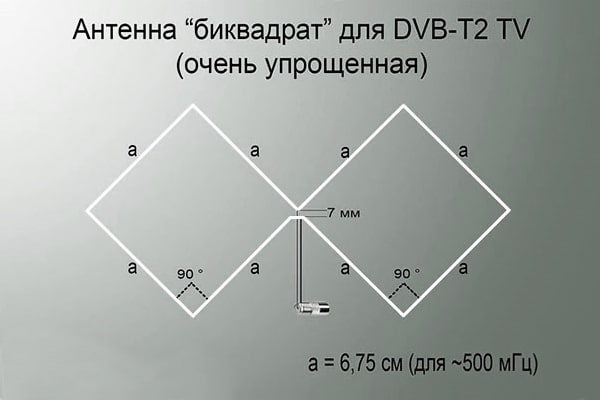 The TV signal is transmitted using horizontally polarized waves. A simplified version of the antenna is presented in the form of two horizontal loop vibrators with their parallel connection to each other, but disconnected at the place where the feeder (cable) is connected. The dimensions were indicated in Kharchenko’s article “Antenna of the DTSV range”, and the antenna is calculated according to the formulas proposed by the author.
The TV signal is transmitted using horizontally polarized waves. A simplified version of the antenna is presented in the form of two horizontal loop vibrators with their parallel connection to each other, but disconnected at the place where the feeder (cable) is connected. The dimensions were indicated in Kharchenko’s article “Antenna of the DTSV range”, and the antenna is calculated according to the formulas proposed by the author.
Materials and tools for making an antenna Kharchenko
Necessary materials:
- grill grate;
- aerosol car paint;
- solvent or acetone;
- drill bits;
- coaxial television cable (no more than 10 meters);
- PVC pipe XB 50 cm with a diameter of 20 mm;
- metal dowels for drywall;
- copper wire for a vibrator with a diameter of 2 to 3.5 mm;
- 2 thin metal plates.
Tools for the job:
- soldering iron 100 W;
- screwdriver and nozzles;
- hot glue gun;
- nippers, pliers, hammer;
- pencil, tape measure, molar knife.
The vibrator can be made of non-ferrous metals (copper, aluminum) and alloys (usually brass). The material can be in the form of wire, strips, corners, tubes.
We carry out calculations
For the manufacture of Kharchenko’s antenna, it is necessary to carry out an accurate calculation using a calculator or formulas. Using this technology, it is possible to calculate the antenna installation even with a weak signal – about 500 MHz. First, you need to find out the frequency of two DVB-T2 TV broadcast packages in your area. You can find out on the website of the CETV interactive map. There you need to find the nearest TV tower, as well as available broadcasting (one or two channel packages) and what frequencies are used for this. After finding out the values of the packet frequencies, the length of the sides of the square of the designed receiver antenna is calculated. The antenna drawing and diagram are based on the signal transmission frequency. To measure it, Hertz (Hz) is used and is designated by the letter F. As an example, you can use the broadcasting frequency of the first and second packets in the city of Moscow – 546 and 498 megahertz (MHz).Therefore, a dual band antenna should be used.
Calculator
The calculation is performed according to the formula: speed of light / frequency, that is: C / F = 300/546 = 0.55 m = 550 mm. Similarly for the second multiplex: 300/498 = 0.6 = 600 mm. The wavelength sizes are 5, 5 and 6 dm, respectively. To receive them, an antenna of the UHF range, called a decimeter one, is needed. After that, it is very easy to calculate the width of the wave across, projected onto the receiver. It is 1/2 of the length, respectively 275 and 300 mm for the first and second packages.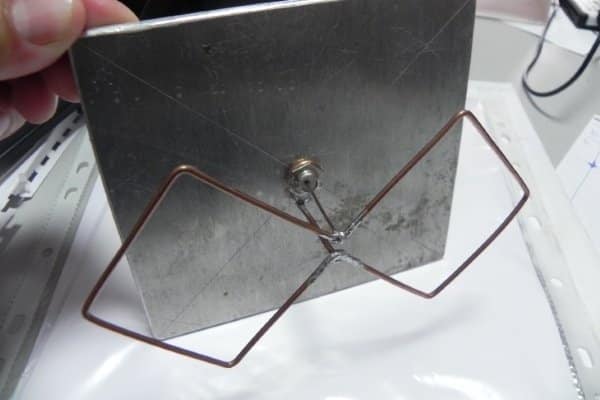
For high-quality reception of a digital signal, each edge of the biquadrat must be half the width of the wave across. For manufacturing, it is better to use an aluminum core or copper tube. Ideally, it is better to use copper wire (3-5 mm) – it has a stable geometry and bends well.
Calculation of the Kharchenko antenna for digital TV: calculator and methods of creation: https://youtu.be/yeE2SRCR3yc
Antenna assembly
The manufacture of a Kharchenko antenna for digital television broadcasting involves the following step-by-step actions:
- The polarization and frequency of the wave is determined. The design must be linear.
- Copper is used as the material for the biquad receiver antenna. All elements are located at the corners, one of them must be in contact. For horizontal polarization, the structure must be vertical. With vertical polarization, the device is laid on its side.
- The copper wire is measured and taken to the required length (+1 cm). A copper or aluminum tube (12 mm diameter) will do. The insulation is cleaned from the copper core. Leveled with a hammer on a hard surface. The middle is measured and bent 90 degrees. If there is a vise, then the wire is clamped and aligned in them. Bends are made according to the calculated dimensions.
- At one end, a small piece is cut at a 45 degree angle to form a pointed tip. The second end is bent, the same procedure is done on it. Both squares can be bent slightly. Small cuts are made on the central inner bends with a needle file. Then you can pull these two free ends and secure them with a thin copper wire.
- You will need a soldering iron, as well as liquid rosin or flux to tin the middle bends. This is done on each side of the copper wire.
- The coaxial cable is stripped by 4-5 cm. The braid or outer conductor is twisted into one wire and wrapped around one of the bends. Solder it to a copper wire. The insulation of the inner conductor is stripped and similarly wrapped around the next bend. Soldering should be done carefully, supporting the insulation with pliers, because heat can move it to the side. First, the frame is heated at the sealing point, and then only the conductor.
- The cable routing is fixed with a nylon tie and solvent degreased. Sealing areas are sealed with hot glue using a gun. A hair dryer can be used to correct glue formation defects.
Visually, the inner central corners of a structure resembling a figure eight should be close to each other (10-12 mm), but not touch. If you make a mistake when bending the contour even by 1 mm, picture distortion may occur.
- The cable is brought to the points of convergence from both sides. One direction of the diagram must be blocked by installing a copper reflective screen. It is pushed onto the cable sheath.
- For the manufacture of the reflector, textolite boards covered with copper were previously used. Now metal plates are used for this. Also, the reflector can be made from the grill grate. You can use a heat exchanger from a refrigerator or a rack-dryer for dishes. The main thing is that the structure does not rust in the open air. The reflector should be larger than the vibrator frame.
- The frame is located in the middle of the reflector. You can use two metal plates to fix it.
- The high frequency signal propagates over the surface of the conductor, so it is better to paint the antenna. Sealing points are filled with hot glue or sealant.
The receiver should be located from the reflector at a distance calculated by the formula: wavelength / 7. The antenna is placed in the direction of the repeater.
How to make the correct calculations and make a Kharchenko antenna is shown in this video: https://youtu.be/Wf6DG2JbVcA
Connection
One end of the cable with a resistance of 50-75 Ohm is soldered to the finished antenna, the other to the plug. It is better to connect the cable to the top of the base, and use the bottom as a fastener. The picture and sound quality in digital TV broadcasting will not depend on the distance at which the transmission will be, unlike analog broadcasting. With the correct manufacture of the antenna, the signal transmission to the receiver will occur in normal quality and there should be no difficulties. However, if a failure occurs, the signal will completely disappear (sound and picture will disappear). Unlike analog television, the digital picture quality is the same for all channels and there can be no differences.
Testing in practice
The assembled antenna must be checked. To test digital TV broadcasting, on the set-top box in the main menu or on the TV, you need to run auto-tuning of channels. This procedure will only take a few minutes. To search for channels manually, you will need to enter their frequency. You can make this process easier to avoid wasting time on a full search or if you already have channels configured. For this, two channels are selected, on each of them the frequency of any channel from different packets is set (each of these multiplexes uses one frequency range for broadcasting all TV channels). To test the manufactured device, it is enough to verify the quality of the television broadcast. Good image quality will indicate the correctness of the work. As a result, a high-quality picture will be obtained,or it will be completely absent.
If there is interference, you can try rotating the antenna while observing the change in image quality. When determining the optimal location of the TV antenna, it must be firmly fixed, but always in the direction of the TV tower.
The Kharchenko antenna is a versatile and practical device that provides reception of weak signals. The device can be assembled with your own hands and used instead of the factory antenna with an amplifier. Making an antenna is within the power of every person. It is enough to find the material, perform the correct calculations and exactly follow the information received during the manufacture of the device.


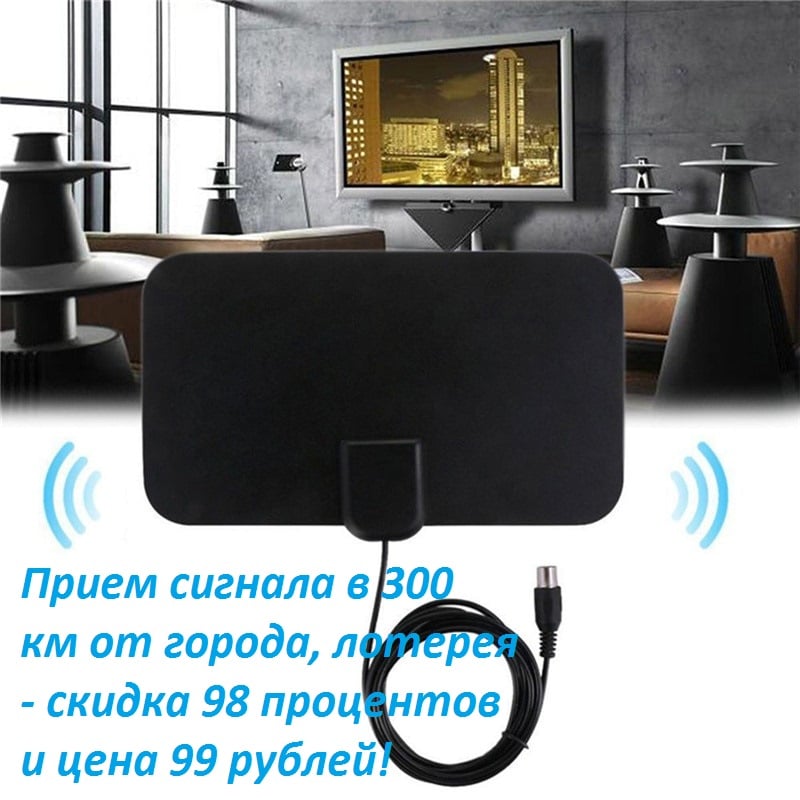
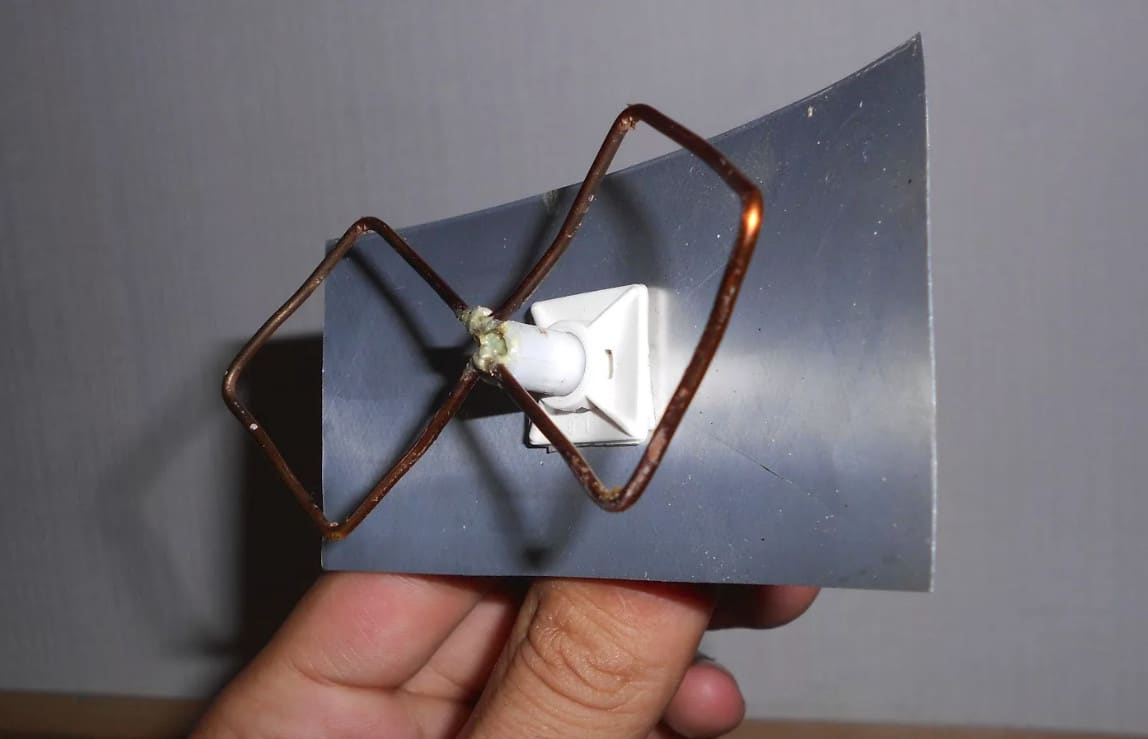

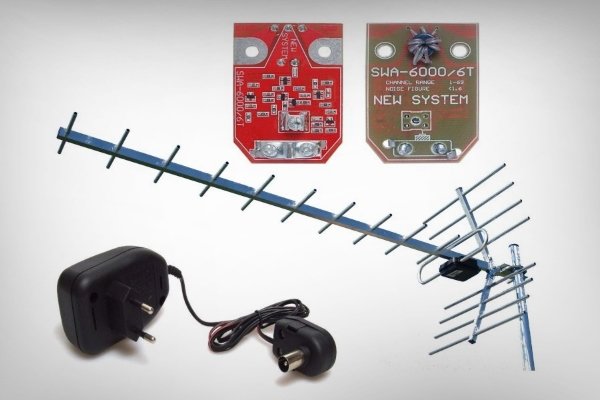
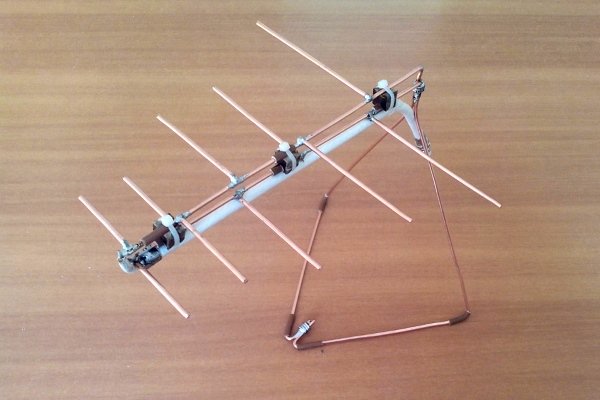

Оказывается, антенну для принятия цифрового сигнала можно изготовить собственноручно, сделав предварительно необходимые расчеты. Пожалуй, это самое главное в этом процессе, так как материалы для ее изготовления очень доступны. Очень хорошо процесс изготовления показан в видео в статье. Если следовать указаниям и повторять все движения антенну можно изготовить и человеку, который этим никогда не занимался лишь бы руки были более менее умелыми. После изготовления антенны необходим режим тестирования. Достоинство цифрового вещания в том, что его качество не зависит от расстояния передачи сигнала, возможно воспроизведение даже слабых сигналов. Очень полезная статья.
Сломалась прошлая антена на телевидение. Решил попробовать сделать собственоручно,из подручных материалов. В инструкции кратко и подробно описывается что и как делать. А самое главное что антена хорошая и действительно ловит каналы.